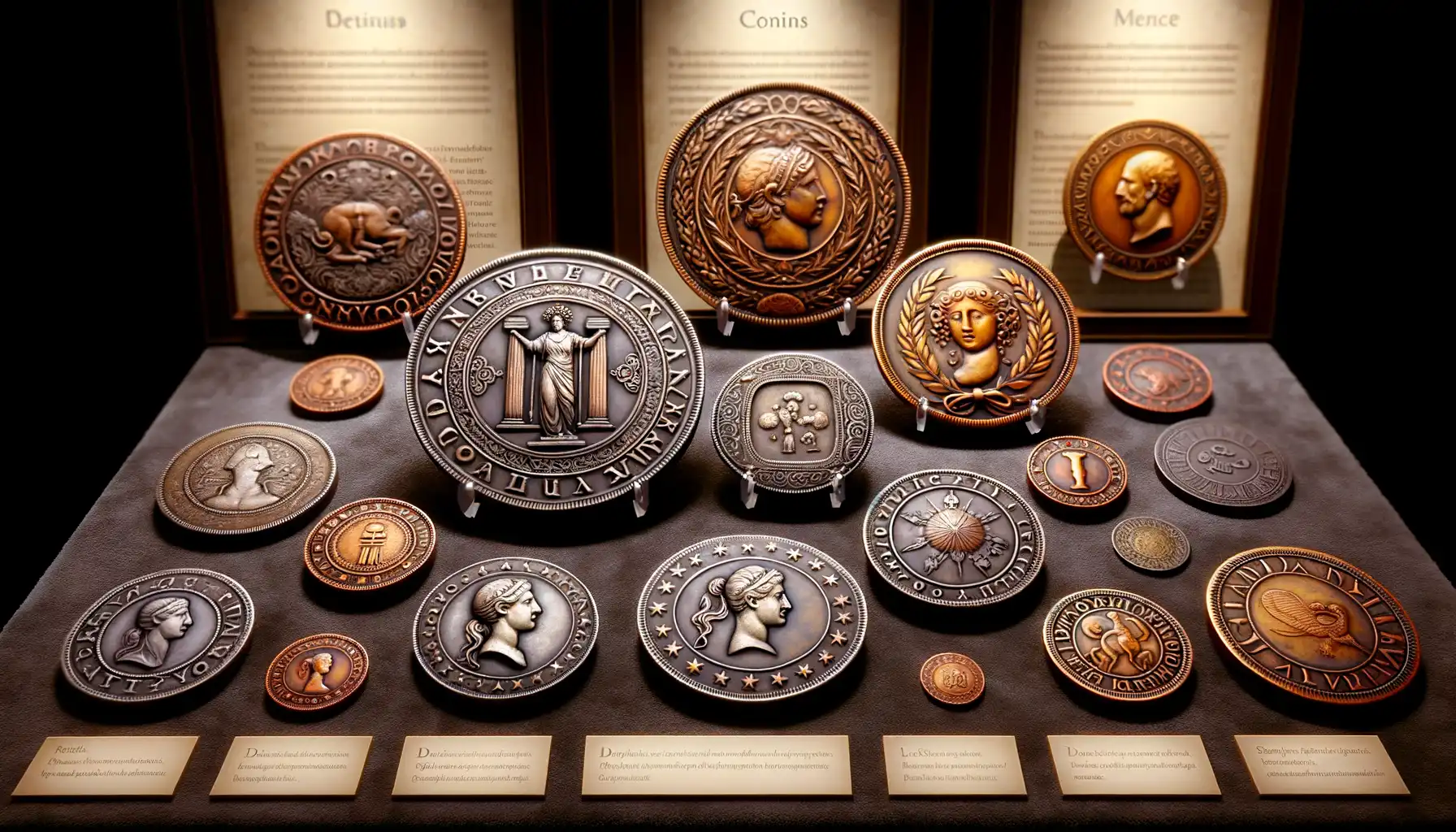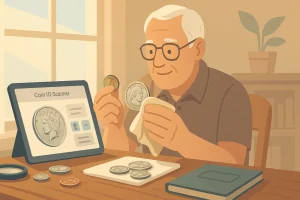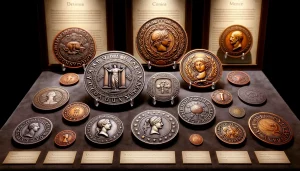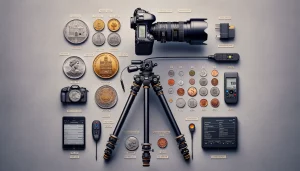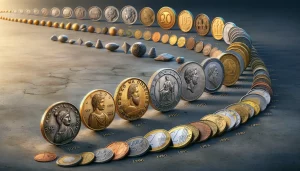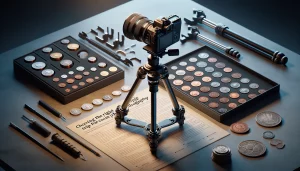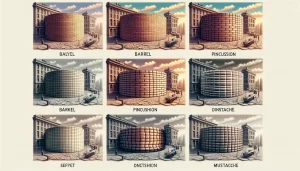Introduction to Creating a Coin Collection Photography Portfolio
Imagine holding your favorite coin under the perfect light—a gleaming masterpiece that tells its own story. Now imagine capturing its essence forever, immortalized in a photograph. That’s the soul of creating a coin collection photography portfolio. This isn’t just a project; it’s a labor of love, where history, art, and technology collide. Whether you’re sharing your treasures with fellow enthusiasts or archiving for generations to come, crafting this portfolio is about more than technical skills—it’s about heart.
Why a Coin Portfolio Matters More Than You Think
Your coin collection isn’t just a hobby; it’s a lifelong journey of discovery. Each piece holds a narrative waiting to be told: the glint of an ancient drachma, the intricate details etched into a rare silver dollar. A portfolio lets you preserve these stories in a way that transcends time. Just like a well-organized treasure map, it turns a box of coins into a visual legacy. And if selling or exhibiting is on your horizon, a professional-looking portfolio can elevate your collection in ways words never could.
Set the Scene: Your Creative Starting Point
Before diving in, think of this process as creating a portrait gallery—but for coins. Here’s how you can start:
- Define your style: Are you going for an archival look or a dramatic showcase? Bold colors or minimalist tones?
- Think storytelling: Group coins by theme, era, or even personal significance, creating a narrative through images.
- Find your message: Is it about rarity? Historical importance? Or maybe simple beauty?
Let each photograph act as an ambassador for your collection, turning static objects into compelling works of art. Ready to create something unforgettable? Let’s dive in!
Essential Tools and Equipment for Coin Photography
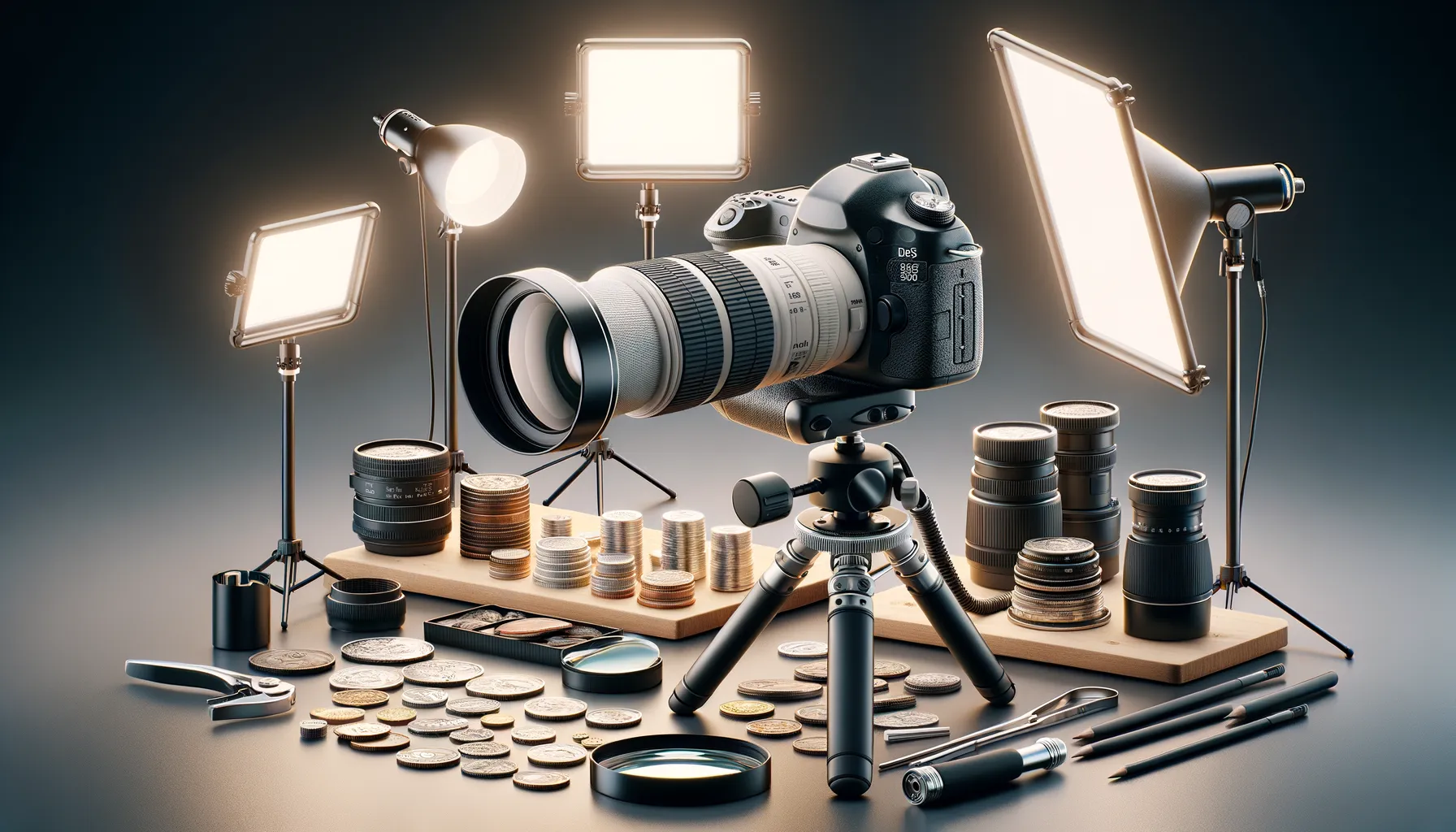
Must-Have Gear for Stunning Coin Photography
Ready to showcase your coin collection in all its gleaming, intricate glory? The right tools can make all the difference between a jaw-dropping photo and a blurry disappointment. Let’s dive into your essential photography toolbox.
First up, you need a reliable camera. While a DSLR or mirrorless camera gives you tons of flexibility, don’t underestimate the latest smartphones—they pack some serious punch in the resolution game. Pair this with a macro lens, which is your best friend when it comes to capturing fine details like the texture of an ancient coin or the sparkle of its edges.
But what’s a good camera without perfect lighting? A ring light or LED lighting setup works wonders to eliminate shadows and bring every coin feature into crisp clarity. Natural light lovers, a diffuser is your secret weapon to soften harsh sunlight.
Here’s a cheat sheet to fill your kit:
- Tripod: Keep those shots steady as a rock.
- Backgrounds: Opt for neutral, non-reflective surfaces—matte black or white always wins.
- Microfiber cloth: Say goodbye to dust and fingerprints.
Every detail matters. Equip yourself, and let your coins shine like they richly deserve!
Step-by-Step Guide to Photographing Coins

Setting the Stage for Stunning Coin Shots
Ready to bring your coin collection to life through photography? Great! Let’s talk about how to create magic with your camera. First, you’ll need a clean, clutter-free environment—think of it as rolling out the red carpet for your coins. Pick a plain background (like black velvet or white cardstock) that makes your coin *pop*. Lighting? That’s your best friend or your worst enemy. Use soft, even light—natural daylight near a window often works wonders, while avoiding harsh shadows.
Now, let’s talk stabilization. A tripod is the unsung hero of sharp shots. Avoid the “my hand slipped” blur by locking your camera in place. For close-ups, switch your camera or phone to macro mode so every beautiful detail, from mint marks to luster, stands out like a star on stage.
Framing and Capturing Perfection
Now, time to position that coin! Place it flat, inspect for dust or fingerprints (a microfiber cloth is a lifesaver), and get up close. Want the ultimate shot? Experiment with these steps for creative angles:
- Photograph head-on for a crisp, traditional view.
- Try a slight tilt to catch reflective brilliance.
- Focus on unique characteristics, like intricate edges or engravings.
And remember, patience is key—your coins deserve their moment to shine!
Organizing and Presenting Your Coin Portfolio
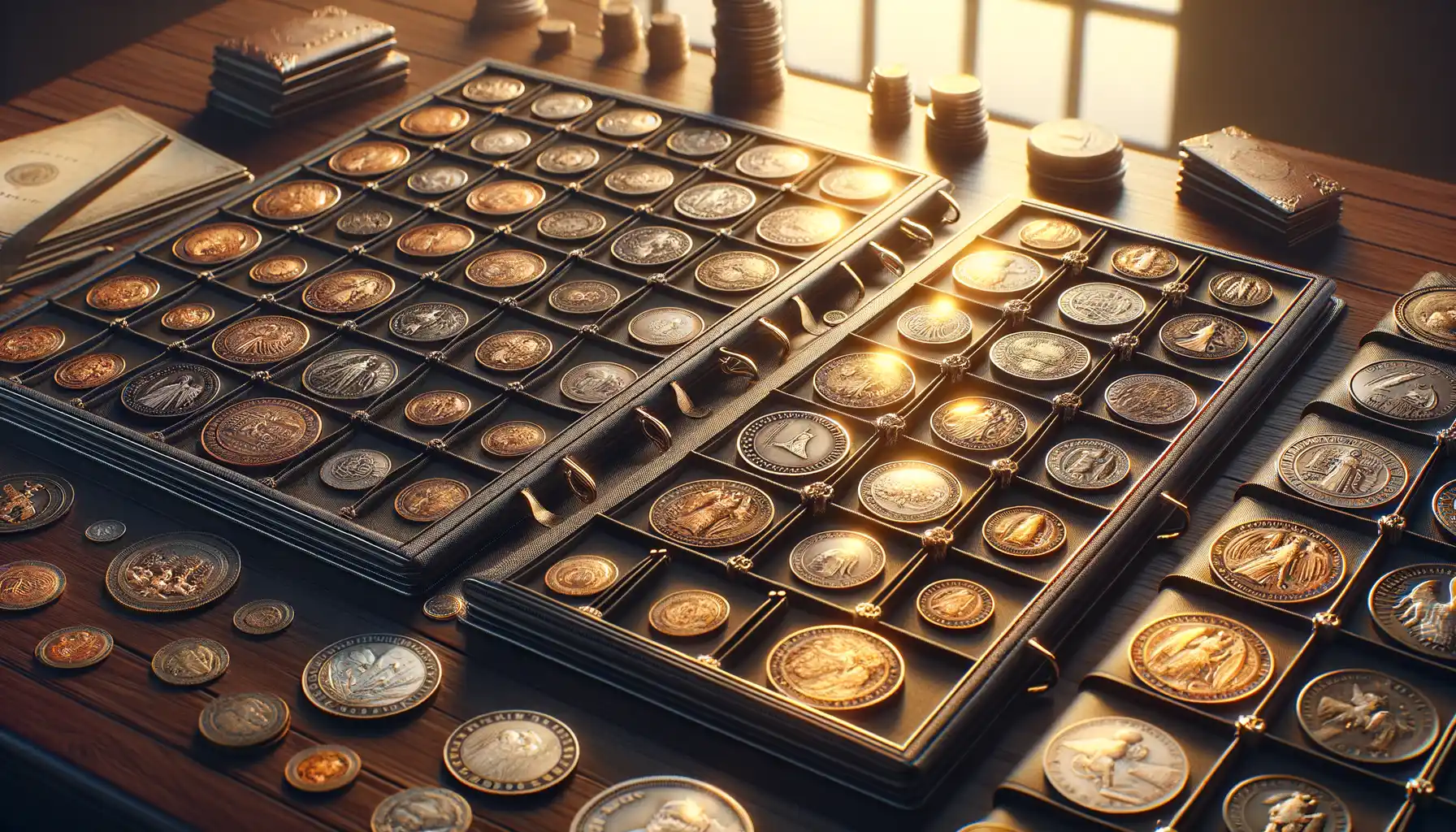
Transforming Chaos into a Masterpiece
Picture this: your coin collection is like a treasure chest bursting with history, beauty, and rare finds. But unless it’s presented with care, its magic can get lost in the shuffle. This is where organization steps in—and trust me, a well-organized portfolio doesn’t just tell a story; it makes your collection *sing*! Start by grouping your coins logically. Think along the lines of eras, countries, themes, or even materials. The goal? Create a flow that keeps the viewer captivated, taking them on a journey through time and culture.
Once categorized, embrace the visual power of pairing each coin with its story. Highlight the glowing patina of that ancient Roman denarius or the intricate design of a modern commemorative piece. Use captions to provide context—dates, mintage numbers, or quirky anecdotes about how you acquired it.
- Use sleek binders or folders with dedicated image slots for a tactile experience.
- For digital portfolios, keep the layout clean with just the right amount of flair—no clutter!
Your portfolio isn’t just an album; it’s a stage where each coin stands as the star, shimmering in its spotlight. Give them the grand showing they deserve.
Tips for Enhancing Coin Photography

Lighting: The Secret Ingredient of Stunning Coin Shots
Coin photography is all about capturing those intricate designs and textures that tell a story. You’ll want to focus on lighting—it’s what separates an ordinary coin photo from a masterpiece. Avoid harsh, direct light that can drown your coin in glare or shadows. Instead, opt for soft, diffused lighting, like the kind you’d get from a lightbox or even a DIY solution (a simple translucent plastic container works wonders!).
Here’s a little insider tip: Experiment with the angle of your light source. Try positioning it at a 10-2 o’clock angle relative to the coin. This creates a beautiful play of highlights and shadows that emphasizes depth without overwhelming the details.
- For proof coins: Use multiple small, balanced light sources—this prevents overexposing their reflective surfaces.
- For circulated coins: A single, angled light often enhances patina and natural wear.
Bring Coins to Life With the Right Background and Focus
A cluttered background? Forget it. Your coin deserves the spotlight. Choose neutral, non-reflective backdrops like black velvet or matte gray paper to make your coin pop. This keeps the viewer’s attention exactly where it belongs—on your collection’s unique beauty.
Oh, and don’t skimp on focus! Switching to manual focus ensures your lens locks onto the fine details that automatic settings might miss. Pay special attention to lettering, mint marks, and date stamps. Crisp focus equals instant visual impact.


